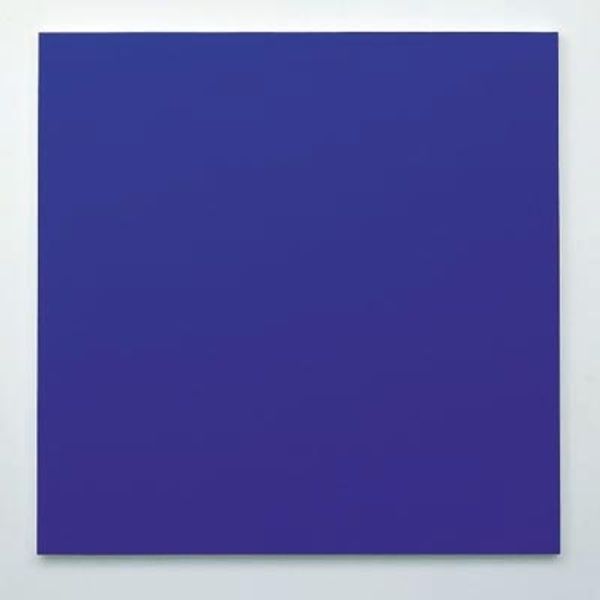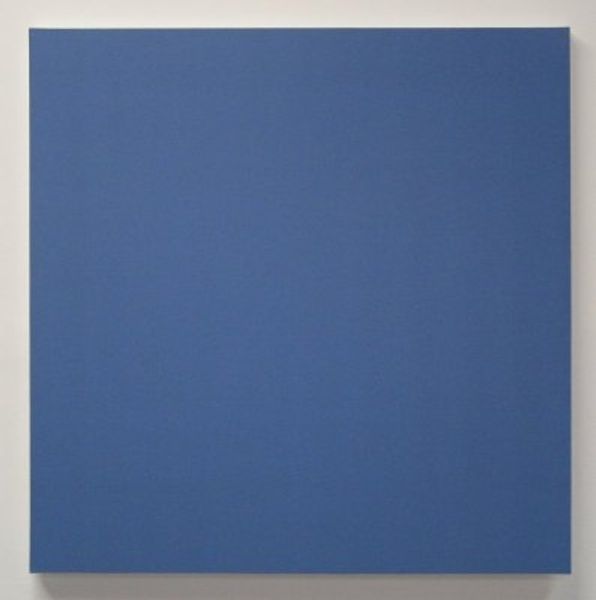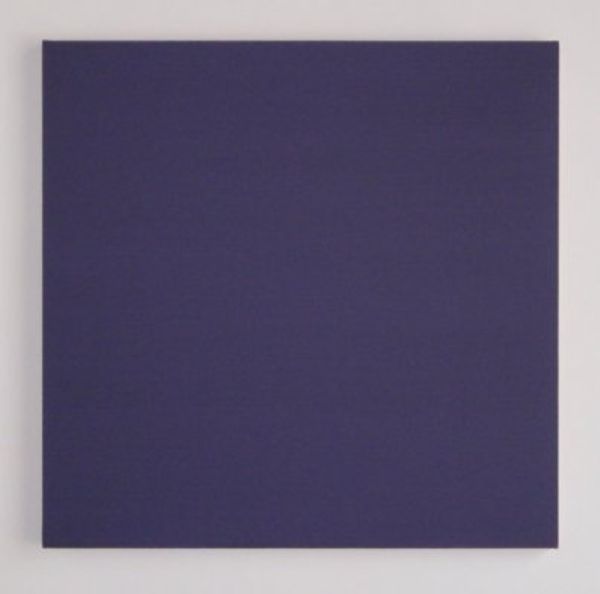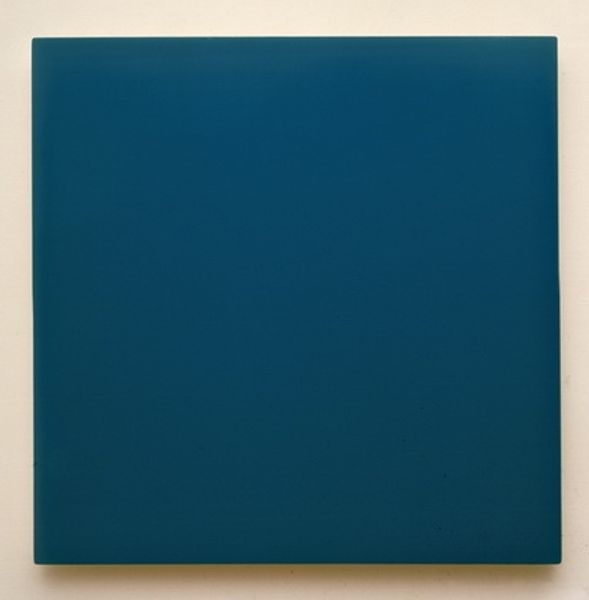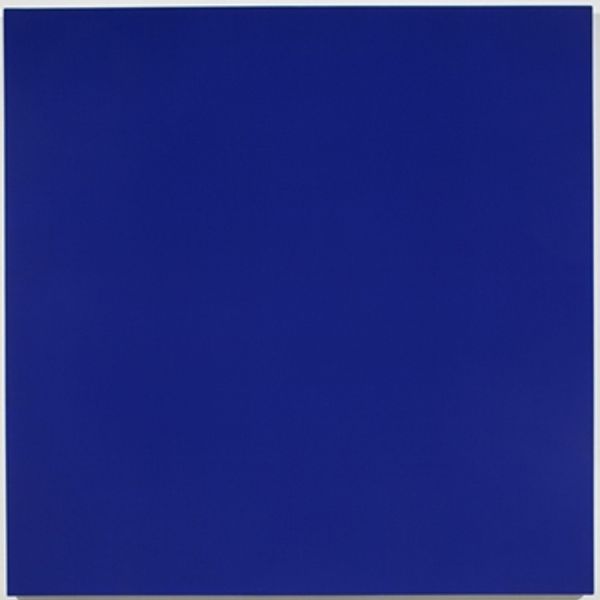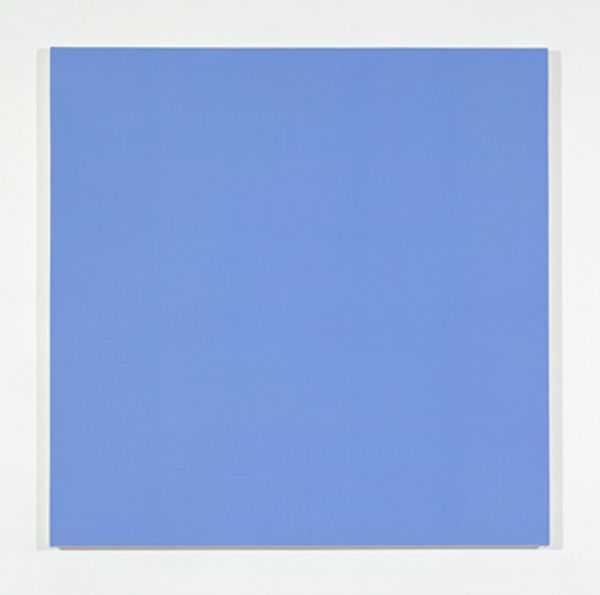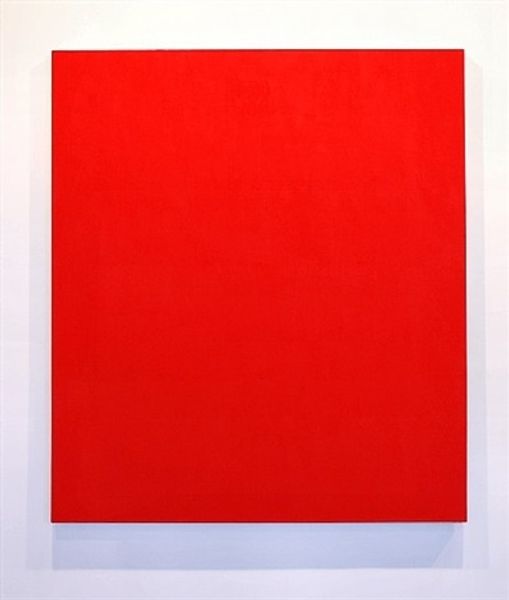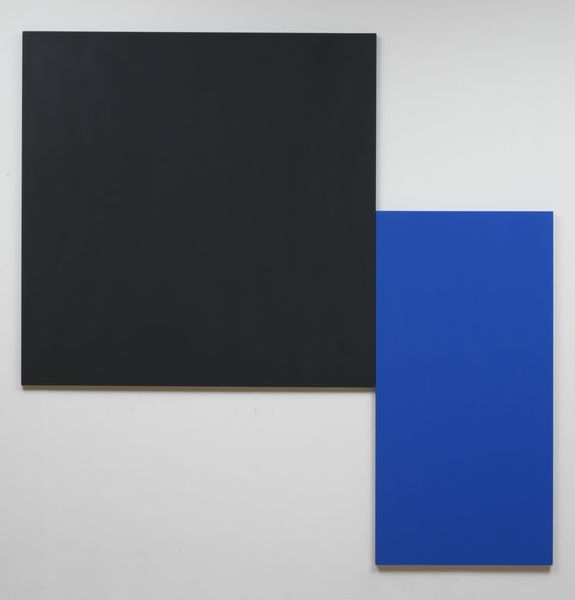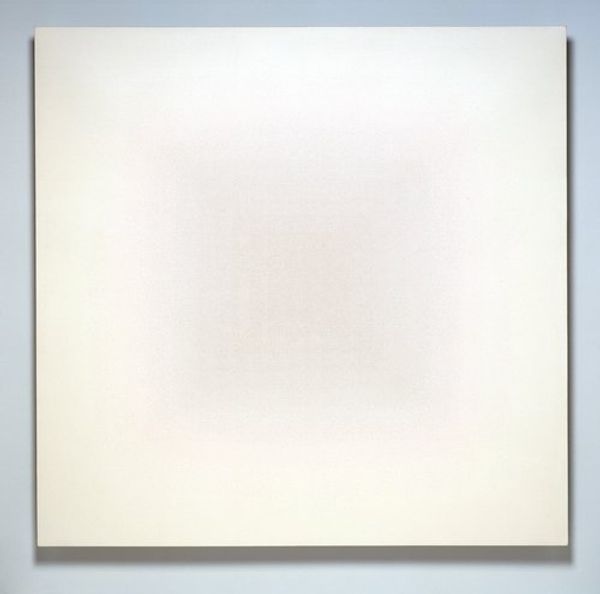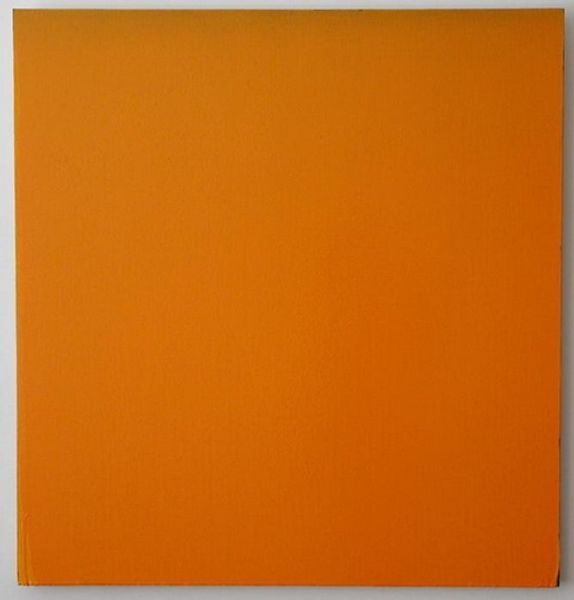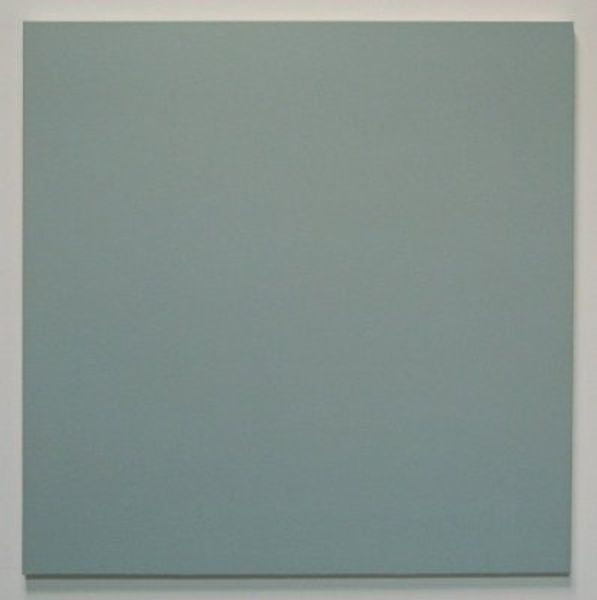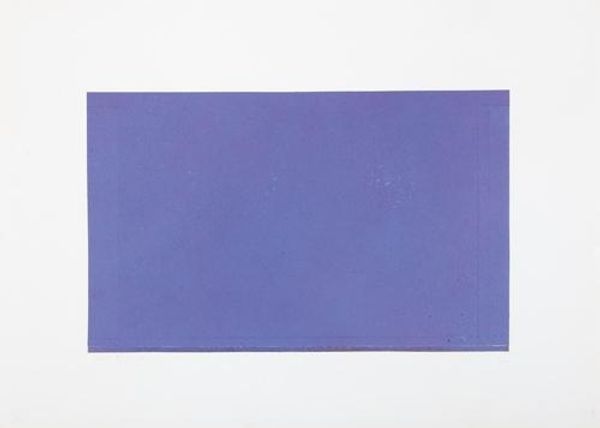
Copyright: Rudolf de Crignis,Fair Use
Editor: Here we have Rudolf de Crignis' "Painting #99-35," created in 1999 using acrylic paint. It's...well, it's intensely blue. A monochrome field. It almost feels confrontational in its simplicity. What do you see in this piece? Curator: Beyond the immediate impact of the colour, I see a powerful statement about the institutional frameworks surrounding art. Consider colour field painting's development; it moved abstract expressionism toward pure, undiluted chromatic experience. Where does an artwork like this position itself in a gallery setting and in art history more broadly? Does its seeming lack of traditional "content" challenge or reinforce the power dynamics within the art world? Editor: I hadn't thought about the art world's reaction to it, but it makes sense. Is it critiquing that or embracing it, though? Curator: That's the fascinating tension, isn't it? De Crignis created this work at a time of massive commodification in art. The pure surface almost rejects narrative, yet the blue evokes feelings… is that emptiness a form of resistance to market demands, or another sleek product for it? How do *we* read its politics? Editor: So, it's almost using the visual language of minimalism, the simplicity, to engage with the politics of display, of what's considered worthy of attention. Is that fair to say? Curator: Exactly. And perhaps questioning how meaning itself is produced and validated within the art institution. The monochrome challenges our expectations and assumptions about what art *should* be. Editor: I guess I was only thinking about what the painting *is*, and not where and how it's *shown*, which really changes the perspective. Curator: Indeed, the location creates additional layers of interpretation. Think of its social value beyond the art institution too. A striking insight, it’s made me think differently about monochromatic pieces. Thank you for that observation.
Comments
No comments
Be the first to comment and join the conversation on the ultimate creative platform.
